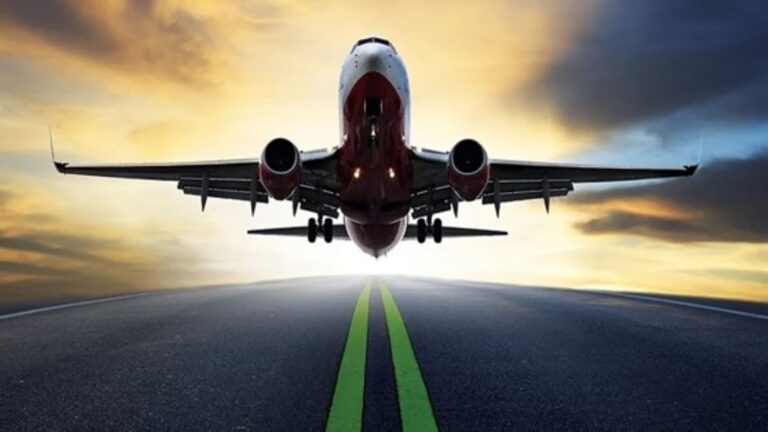
Despite SAF’s potential to substantially lower CO2 emissions by up to 80% compared to conventional jet fuel, its current production represents a fraction of total aviation fuel usage, less than 1%, the report says. As the sector aims for net zero, overcoming challenges such as feedstock access, increased investment, and the need for robust government policies becomes paramount, the report finds.
SAF challenges
Addressing the complexities of scaling SAF, the report’s author and EIC Analyst Nabil Ahmed says: “While SAF has numerous environmental benefits, its adoption is not without challenges. High production costs, two to four times that of traditional jet fuel, alongside the limited availability of scalable feedstocks, present significant hurdles. Yet, with strategic initiatives and enhanced governmental support, including mandates and subsidy mechanisms, we can navigate these challenges effectively. There is a need for a diversified approach to feedstock development and an increase in green hydrogen and carbon capture activities for efuels.”
The global SAF market, still in its nascent stages, requires substantial development to make a meaningful impact. There are countries, however, that have set ambitious targets, including the US, UK, Canada, and Japan, with each aiming for a 10% SAF blend by 2030.
These targets point to a burgeoning trend in SAF project announcements, with projections suggesting the potential for 50 million tonnes per annum of SAF production by 2030, contingent on the development of announced projects. Such growth presents vast opportunities for the supply chain, which highlights the importance of strategic focus on feedstock availability and research into new SAF production pathways, according to the report.
Evolution
Aviation’s challenge in reducing its carbon footprint is compounded by the sector’s intrinsic reliance on high-energy-density fuels. The landscape, however, is gradually changing, with 104 SAF projects earmarked for development, signalling an industry on the brink of evolution despite scalability challenges.
“The innovative production of SAF, using resources ranging from agricultural waste to the pioneering ‘efuels’ generated from carbon capture and green hydrogen, is a clear indicator that the sector, with proper investment in this area, stands a clear chance to shift towards sustainability,” Ahmed said.
North America leads the charge with the most SAF projects, followed by Europe and its key players: the UK, Netherlands, and Sweden. This global effort highlights a collaborative push towards sustainable aviation, necessitating a unified approach from airlines, stakeholders, and especially governmental bodies to foster the sector’s growth through policies and incentives.
As the industry strides towards its ambitious 2030 targets, the role of SAF becomes increasingly vital. This report underscores the imperative for concerted effort, innovation, and policy intervention to scale SAF production and adoption.
To download the report, please visit: https://www.the-eic.com/MediaCentre/Publications/Reports

